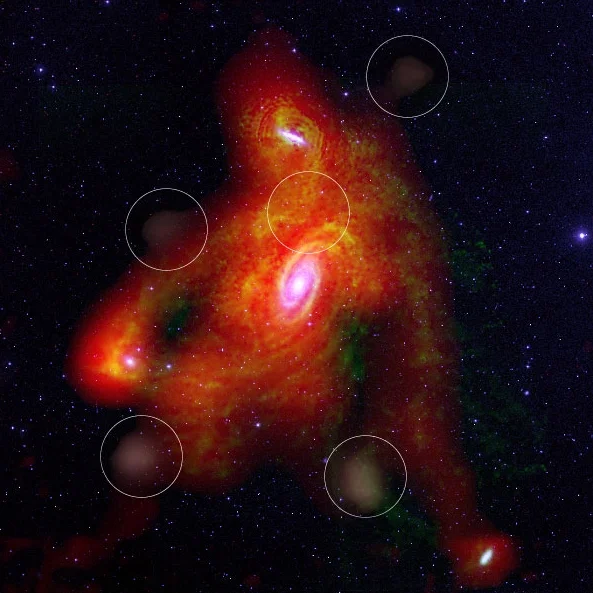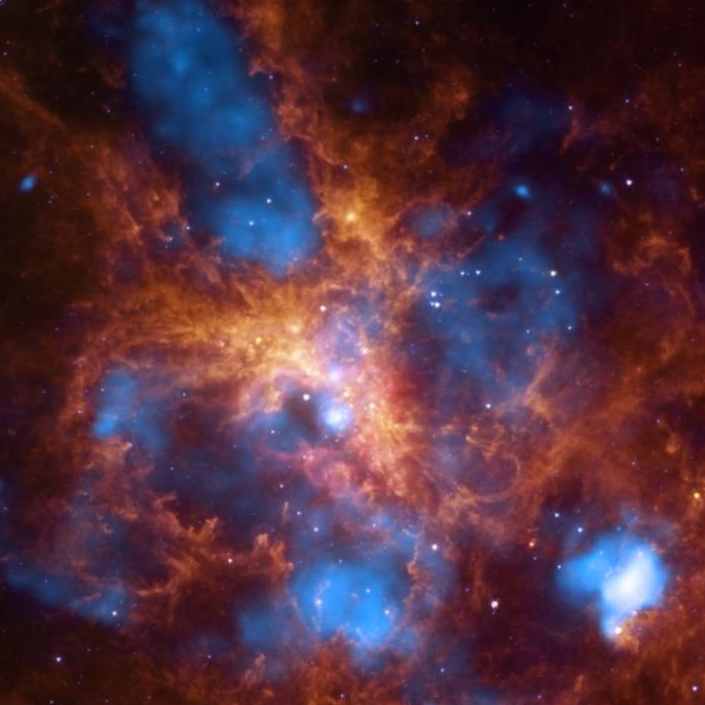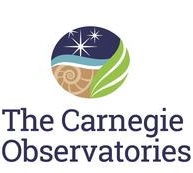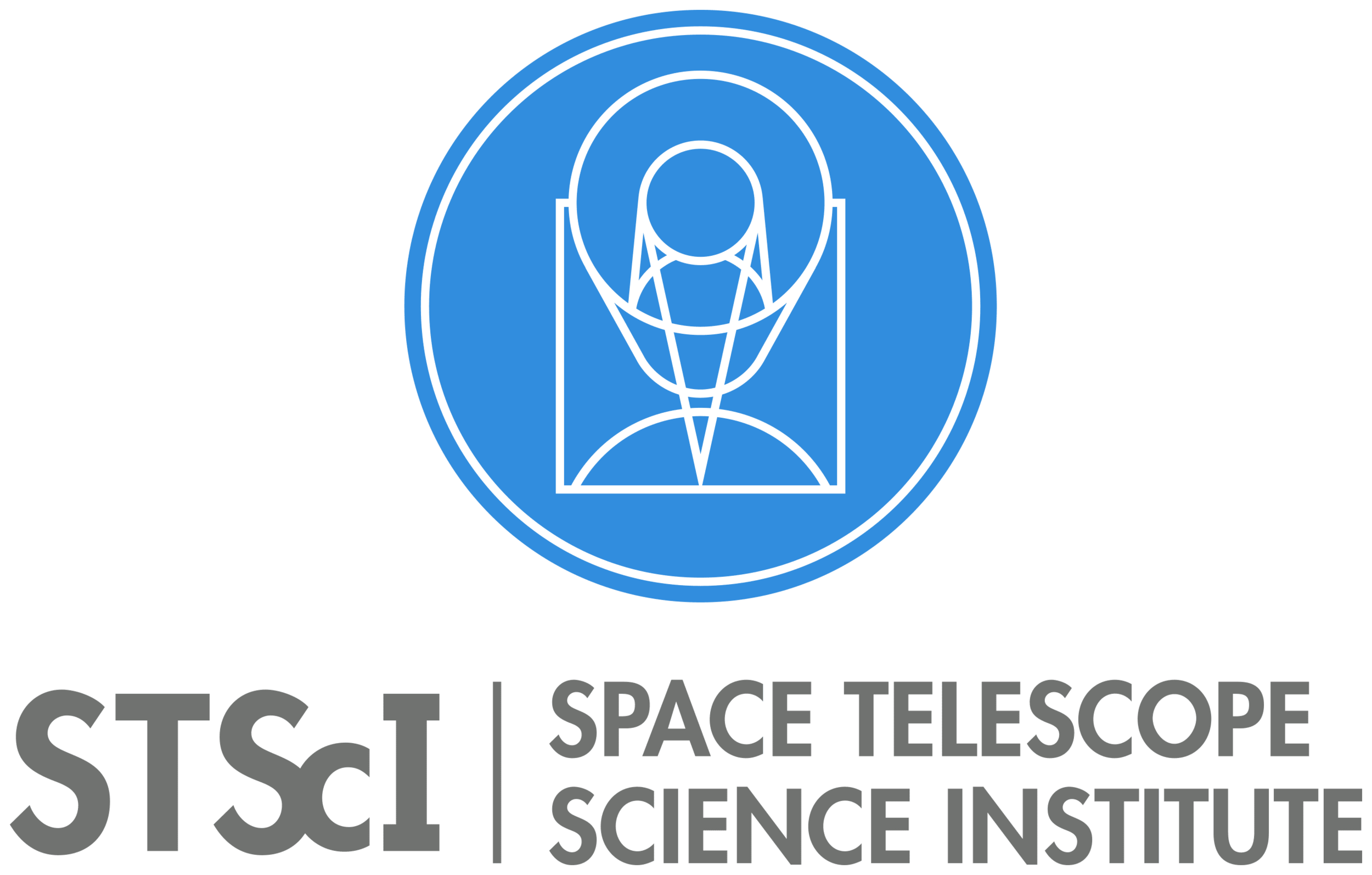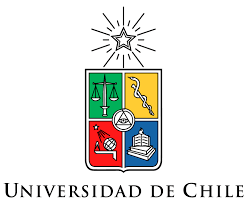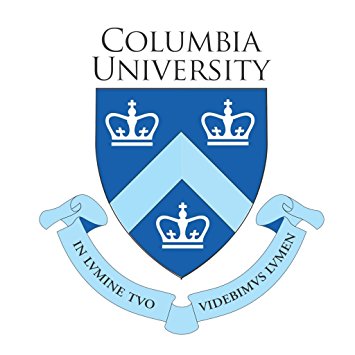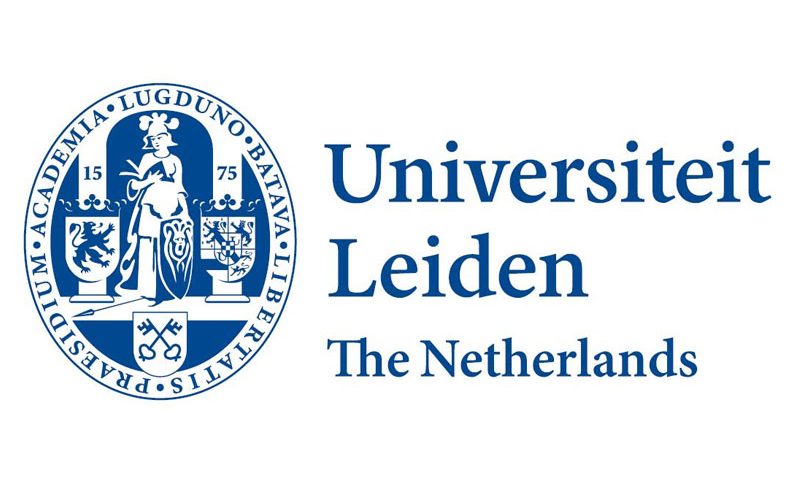The cosmic star-formation-rate density declines rapidly from z ~ 1.5 to the present day. Observing the co-evolution of galaxies and their surrounding gas during this epoch provides key insights into how galaxy growth is regulated by accretion and outflows. CUBS will assemble high quality UV and optical echelle spectra of 15 QSOs and complete spectroscopic redshifts of the galaxies in the foreground volume. This legacy sample will enable systematic studies of the co-evolution of galaxies and CGM/IGM at a time when the SFRD undergoes its most dramatic changes, and provide key insights into how galaxy growth is regulated by accretion and outflows.
Census of CGM/IGM chemical enrichment
The presence of heavy elements is expected to alter both the thermal and chemical states of a gas cloud. Gas metallicity, which quantifies the amount of heavy element, is therefore a key quantity that determines the physical conditions of gaseous clouds in a wide range of astronomical environments, including interstellar and intergalactic space. Robust estimates of gas mass and metallicity rely on an accurate understanding of the ionization state of the gas, which can be achieved with simultaneous observations of elements in low-, intermediate-, and high-ionization states.
Gas--galaxy co-evolution
The vast majority of the baryons in the universe are located in a diffuse gas phase in intergalactic and circumgalactic space. A joint study of this gas phase and galaxies reveals the locations and physical properties of 'dark' baryons relative to galaxies and enables a comprehensive understanding of the recycling of baryons between star-forming regions and the CGM/IGM over cosmic time. Observations of the co-evolution of galaxies with their surrounding gas complements theprogress in theoretical models of how galaxies form and evolve.
Feedback prescriptions in cosmological simulations
State-of-the-art cosmological simulations, incorporating realistic star-formation and feedback recipes, can both match the large-scale statistical properties of galaxies and reproduce the observed small-scale features. However, these models have fallen short in matching the observed properties of the CGM where the majority of the baryons reside. The CUBS sample, together with existing low- and high-redshift studies, will establish a continuous cosmic time baseline ( 9 Gyr) for testing feedback prescriptions in cosmological simulations for galaxies as faint as 0.1 L*.



